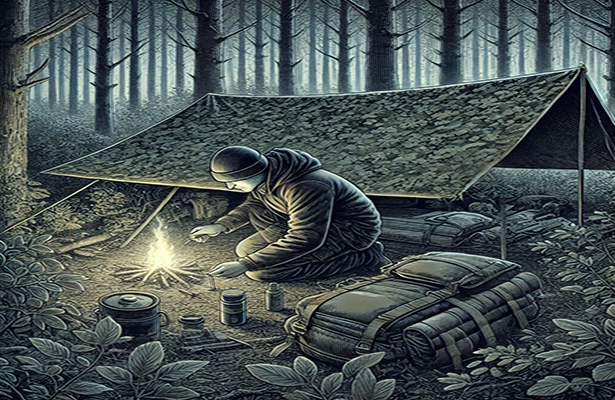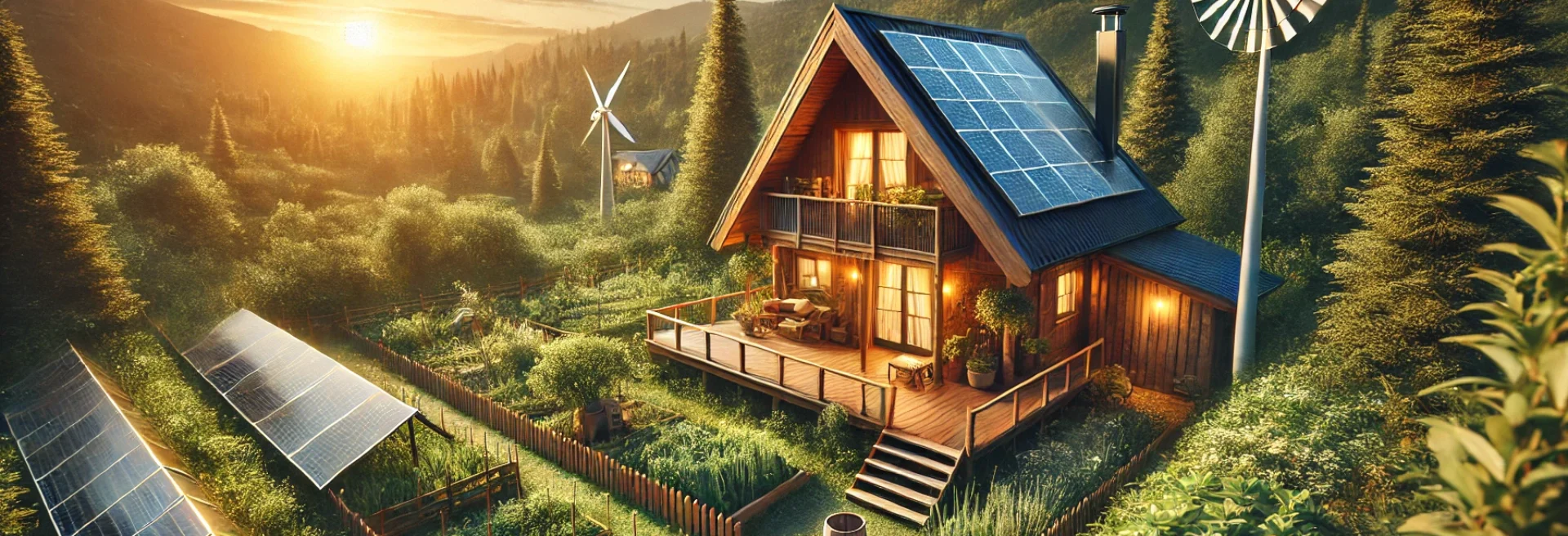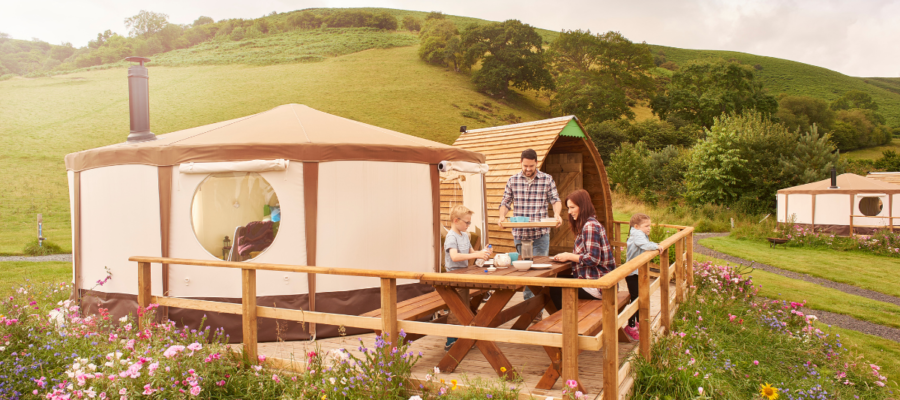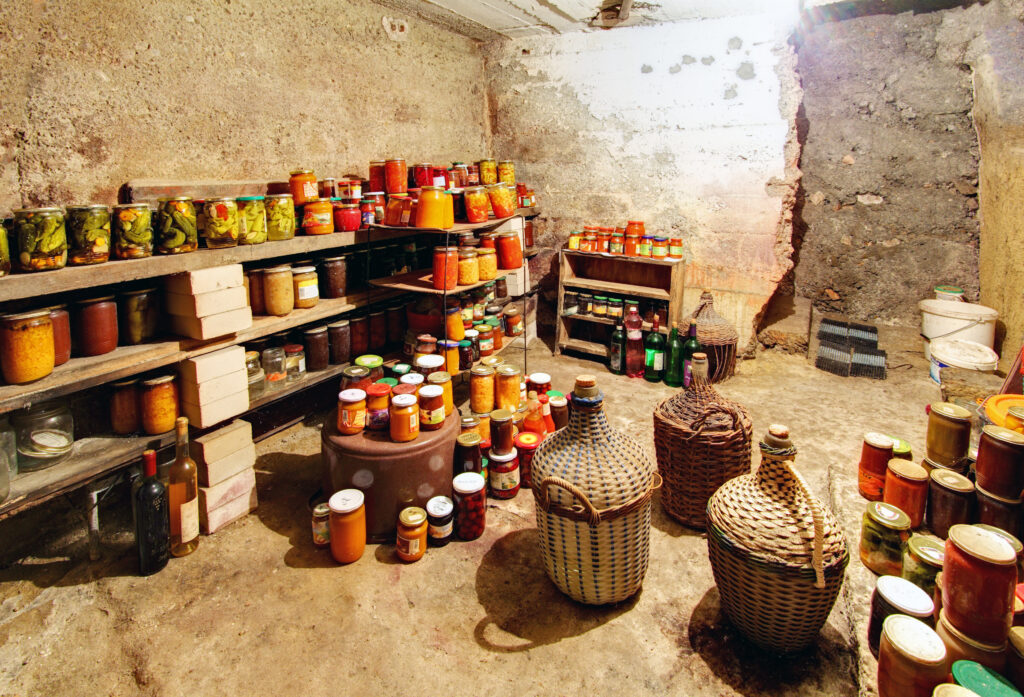Tips and Techniques for Building a Survival Shelter
Building an off-grid shelter is a challenging and rewarding undertaking. An off-grid shelter is designed to function independently of traditional utilities like water, electricity, and gas. These shelters can be used for a variety of purposes, including full-time living, vacation homes, or emergency preparedness. Here are some steps to follow when building an off-grid shelter:
- Choose a location – The location you choose for your off-grid shelter is critical. You want to choose a location that is safe, easily accessible, and has natural resources that can support your needs. This may include a water source, arable land for gardening, and suitable weather conditions.
- Design your shelter – There are many different types of off-grid shelters to choose from, including tiny homes, yurts, earthships, and cabins. When designing your shelter, consider the local climate, your specific needs, and your budget.
- Source materials – Sourcing materials for your off-grid shelter can be challenging, but there are many resources available to help you find what you need. Consider using recycled or reclaimed materials to minimize your impact on the environment and reduce costs.
- Build the foundation – A solid foundation is critical to the stability and longevity of your off-grid shelter. Depending on your location, you may need to use a concrete slab, footings, or pier blocks.
- Frame the structure – The framing of your off-grid shelter will depend on the design you choose. You can use traditional wood framing, or consider alternative methods like straw bale or cob.
- Install utilities – Off-grid shelters require alternative sources of utilities like water, electricity, and waste disposal. Consider installing rainwater catchment systems, solar panels or wind turbines for electricity, and composting toilets or septic systems for waste disposal.
- Finish the interior – Once the basic structure of your off-grid shelter is complete, you can begin to finish the interior. This may include insulation, flooring, wall coverings, and fixtures.
Building an off-grid shelter requires careful planning, hard work, and dedication. However, the end result can be a sustainable, self-sufficient, and environmentally-friendly home. With the right resources and guidance, anyone can build an off-grid shelter that meets their needs and allows them to live a simpler, more connected life.

20.8 lb. Stealth Camping Bag? A complete Guide to Stealth Camping
Stealth camping can be a thrilling and adventurous way to experience the outdoors, but it requires careful planning and preparation. One of the most important […]






